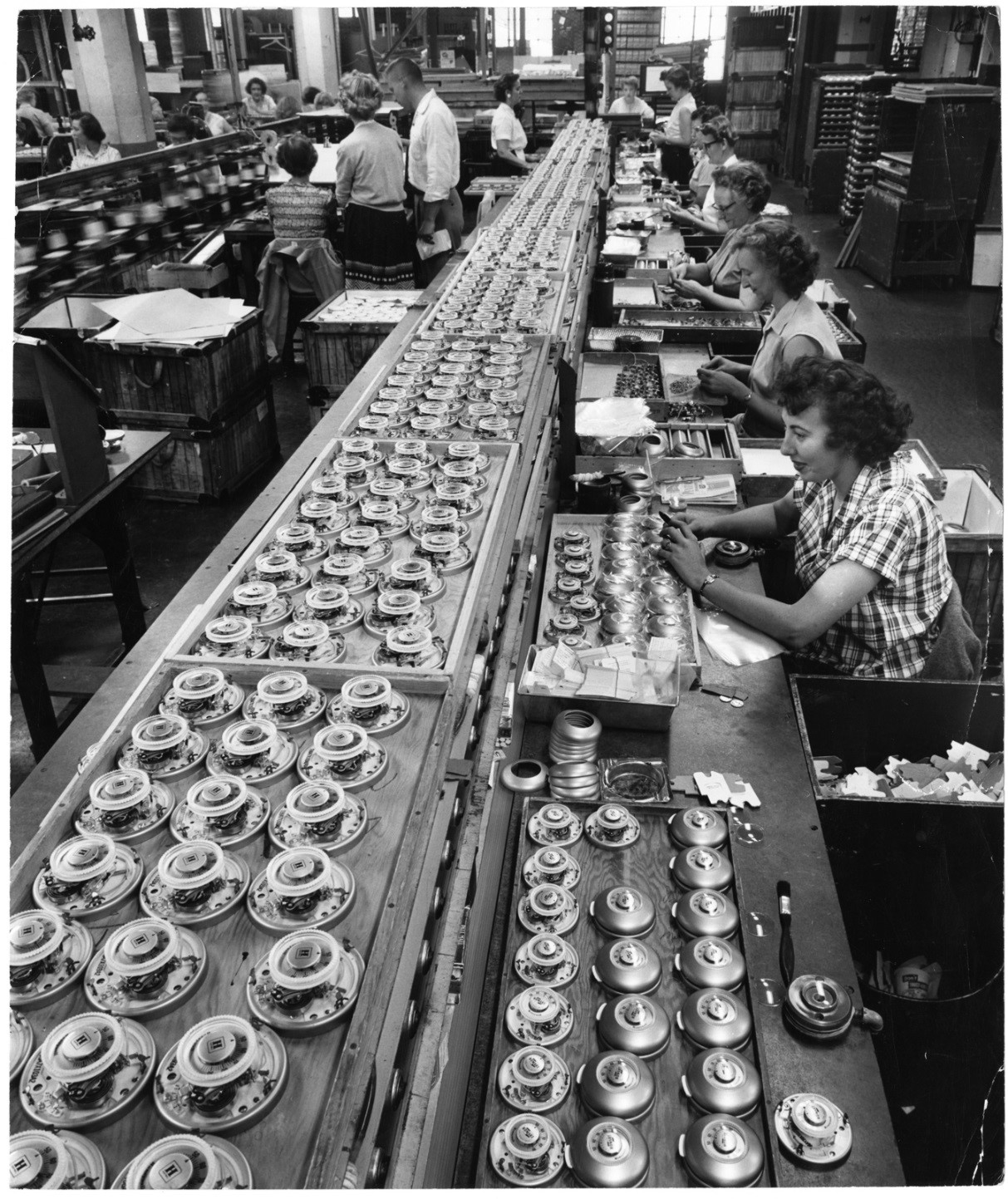Energy Efficiency | December 12, 2019
What do the Nokia 1011 & Building Management System Upgrades Have in Common?
Are you reading this from your Nokia 1011? No… you aren’t. That is a fact. The Nokia 1011 is the iconic, indestructible, first-gen cell phone from last century. At the time, these were the best devices available on the market to make mobile phone calls. In 1992, the year the Nokia 1011 was released, very few people had the foresight to think that in the next 20 years, their cool 1011 would be made completely obsolete due to the invention of smart phones with web capabilities. Technology and innovation have propelled the use of cell phones to expand far beyond voice-to-voice communication. The same advancements in technology have impacted commercial buildings as well, including the humble thermostat.
While commercial building HVAC controls have evolved from the days of the round mercury filled thermostats, many buildings are still relying on dated technology from the days of the Nokia 1011. Managing old thermostats for large buildings can be challenging, and some of today’s operating practices were actually started in childhood.
I’m sure that many of us have lasting memories of being told “Don’t touch the thermostat!” as kids. Why didn’t our parents (and eventually, our employers) want people changing the set points? Would touching the thermostat break the mechanical equipment it was wired to? Were they all “Energy Efficiency Experts” ahead of their time?
As silly as it may sound, the answer to these questions is actually, “yes.” If any thermostat runs too high, it simply wastes money (“we’re not heating the neighborhood”). If a commercial thermostat is set to 80 degrees on a Friday at 2pm, there is a good chance that the person moving the dial wasn’t going to remember to set it back before going away for the weekend. They may remember to set it back on Monday morning, but the damage could have already been done.
Overheating a commercial space can cause excessive wear and tear on the mechanical equipment: belts break, valves leak and motors overheat. Thermostats that rely on people to manage or adjust them at will are susceptible to overuse and potential damage to their systems. The immediate cost of incorrect thermostat management is documented monthly on the building’s (or your parents’!) utility bill.
Want to lower your own utility bill?
However, thermostats have undergone some incredibly exciting advances in technology. The original round thermostats had a tube filled with mercury. When the temperature in the space rose too high, the tube tipped and broke the electrical circuit providing power to the unit. But now we have smart thermostats for residential homes like the Nest and Direct Digital Control technology for commercial buildings that allows an entire campus’ HVAC, security and lighting to be viewed and changed from a smart phone. Scheduling, alarming and trending can all be controlled from a central Building Management System. Today, facilities managers have the ability to troubleshoot problems and command equipment with the click of a button, including making any adjustments to their thermostats.
Were our parents and employers all energy conscious for the well-being of the planet by telling us to keep our hands off the thermostats? Well, probably not, but they were paying the bill for it and sure didn’t want to pay for power when they didn’t need it. Building Management System upgrades can bring your building’s thermostats out of the days of Nokia 1011 technology and into the present with plenty of control and savings on your monthly energy bills. Remember: nobody wants to waste money “heating the entire neighborhood.”

The earliest thermostat is considered to have been developed around the 1620s in England. First manufactured in 1953, the Honeywell T87 Round Thermostat was designed by Henry Dreyfuss based on a concept by Honeywell engineer Carl Kronmiller. This familiar design still makes an appearance in many residential homes – and some commercial facilities – today. Photo source: https://www.mnopedia.org/thing/honeywell-round-thermostat
Blog featured photo source: https://www.researchgate.net/figure/Nokia-1011-GSM-Model-13_fig29_311493358
Related Posts
Discover more content and insights from Mantis Innovation

The Cost of Inaction: Why Businesses Should Act Now on Energy Efficiency
In today's fast-paced business environment, the financial and operational losses businesses incur by delaying energy efficiency improvements, the "cost of inaction," is more relevant than ever.

In today’s AI era, human intelligence is the key to data center facility and energy optimization
Nowhere else in modern industry do artificial and human intelligence converge with such transformative potential as in the world of data centers. As AI's extraordinary growth accelerates demand for

Your Guide to LED Lighting for Business and Commercial Buildings
Never to be underestimated, LED lighting and well-designed lighting retrofits and upgrades offer businesses big improvements like reduced energy costs, reduced emissions, and improved working

Five Trends Driving Data Center Facility Energy Optimization
Today’s digital economy, commercial and industrial digitalization, and the recent explosion in artificial intelligence and machine learning (AI/ML) powered computing are driving massive growth in